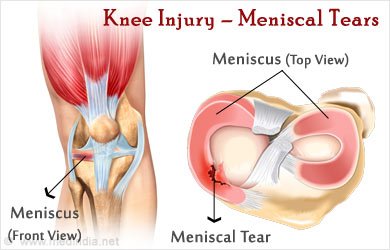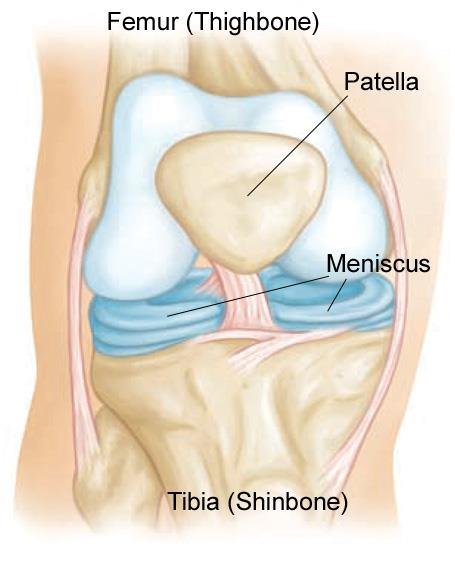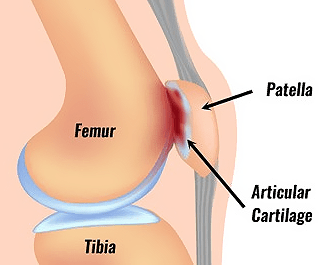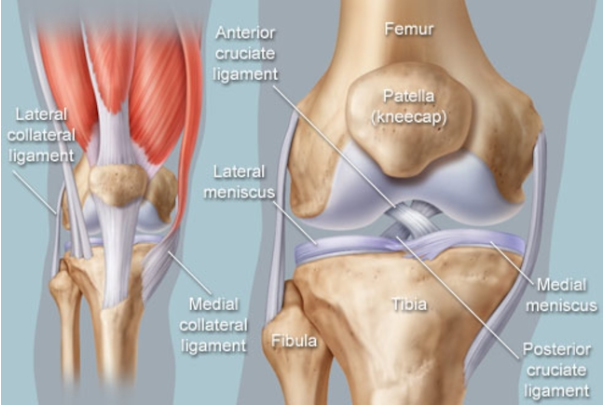Is It Better to Squat or Lunge With Knee Pain?
1. Song, K., Scattone Silva, R., Hullfish, T. J., Silbernagel, K. G., & Baxter, J. R. (2023). Patellofemoral joint loading progression across 35 weightbearing rehabilitation exercises and activities of Daily Living. The American Journal of Sports Medicine, 51(8), 2110–2119. https://doi.org/10.1177/03635465231175160
2. Goulette, D., Griffith, P., Schiller, M., Rutherford, D., & Kernozek, T. W. (2021). Patellofemoral joint loading during the forward and backward lunge. Physical Therapy in Sport, 47, 178–184. https://doi.org/10.1016/j.ptsp.2020.12.001
So this is a tricky question as it has multiple answers.
Do you know what type of knee pain you have? Well this is where a professional comes in.
As a sports physical therapist, my mission is to guide individuals toward their fitness goals while ensuring they maintain optimal joint health. When it comes to knee pain, understanding the right exercises can make all the difference.
Today, we're diving into the world of functional movements, particularly lunges and squats, and exploring how they can affect two common types of knee pain: patellofemoral knee pain and meniscal pain. By tailoring your exercise routine to your specific condition, you can take strides towards pain relief and a healthier, stronger you.
If your a visual learner these images below may help you understand the difference between the two.
1. Patellofemoral Knee Pain:
Patellofemoral knee pain, often referred to as "runner's knee," can be a real hurdle for athletes and fitness enthusiasts. It's characterized by pain around or behind the kneecap, especially during activities that involve bending the knee. When dealing with this condition, it's crucial to choose exercises that alleviate rather than exacerbate the discomfort.
Why is it called runner’s knee? Because the high repetition is what aggravates the pain and is often caused by weakness of the glute medius. Runners typically don’t perform dynamic movements (like lateral movements—THEY SHOULD!!) which strengthen that muscle. It should also be noted that patellofemoral pain may be associated with the development of patellofemoral osteoarthritis. (1.)
So which one is better for patellofemoral pain?
SQUATS!
Squats can be a valuable addition to your workout routine when you have patellofemoral knee pain. Ensure proper form with your feet hip-width apart and knees tracking over your toes. Squats help strengthen the quadriceps muscles, which play a vital role in stabilizing the patella. The controlled, even distribution of force during squats can reduce the strain on the kneecap. Start with body weight squats and progress slowly as your knee allows.
Let’s Dive deeper with different variations in the article from Song et. al. in The American Journal of Sports Medicine recently published this year (2023).
Below I have listed in order in ascending joint loading forces for the patellofemoral joint.
Walking<Low step down<2 legged partial squat at 60 deg.< High step up<Running< 1 leg squat to 60 deg< 2 leg squat (full)< High Step down< 2 legged drop/jump down<2 legged maximal forward jump<Bulgarian Squat< 1 leg vertical hop< Lunge< Pistol< 1 leg decline squat.
So let’s dive deeper into lunges…
Is the front lunge better or a back lunge better for patellofemoral pain?
And this is dedicated to my coach Marc (big cheesin smile here…see if he reads this, LOL) I did it anyways because I didn’t want to argue with coach…Drum roll BACK LUNGE!
Why? Because the front lunge causes greater forces of the quadriceps, greater patellofemoral loading rate, knee flexion and ankle dorsiflexion and forward tilt compared to the back lunge. Now if your goal is to strengthen…Go for the front lunge but if your having patellofemoral knee pain back lunge baby!
2. Meniscal Knee Pain:
Meniscal pain is often associated with a tearing or injury to the meniscus, a cartilage in the knee joint. Individuals with this condition may experience pain, swelling, and limited range of motion. Choosing the right functional movements can help manage this discomfort.
So which one is better for meniscal pain?
Lunges!
For those dealing with meniscal knee pain, lunges can be a more knee-friendly option compared to deep squats.
Lunges involve less knee flexion and provide better control over the range of motion. Be sure to maintain proper form, keeping your front knee aligned with your ankle and avoiding overextension. Lunges help strengthen the muscles around the knee, promoting stability and aiding in injury prevention.
In conclusion, when it comes to functional movements and knee pain, personalization is key. While squats can be advantageous for patellofemoral pain, lunges may be a safer choice for meniscal pain. However, always consult with a qualified healthcare professional or physical therapist to tailor your exercise routine to your unique needs and ensure proper technique to prevent further injury.
Disclaimer Amy the PT girl is to be used for educational purposes only. It is not intended to diagnose or treat medical conditions. It is recommended you consult your healthcare provider before beginning any exercise program. If your condition does not improve or worsens, stop exercises and consult your physician right away.








